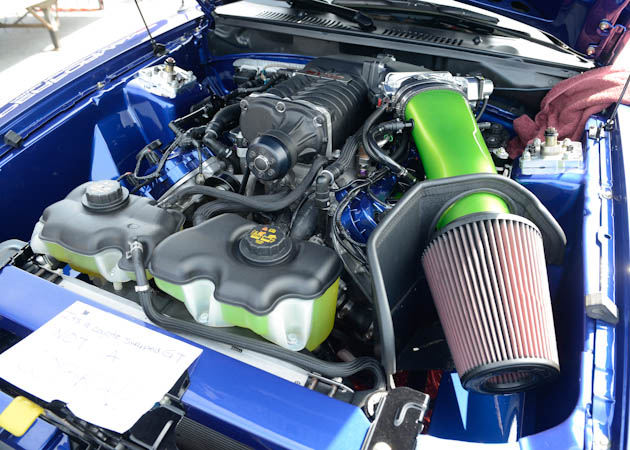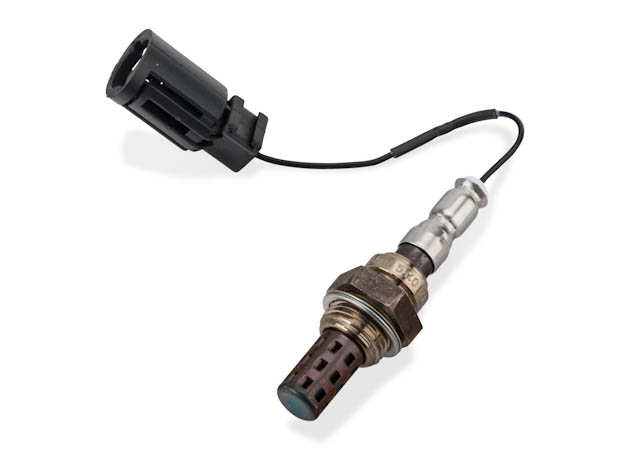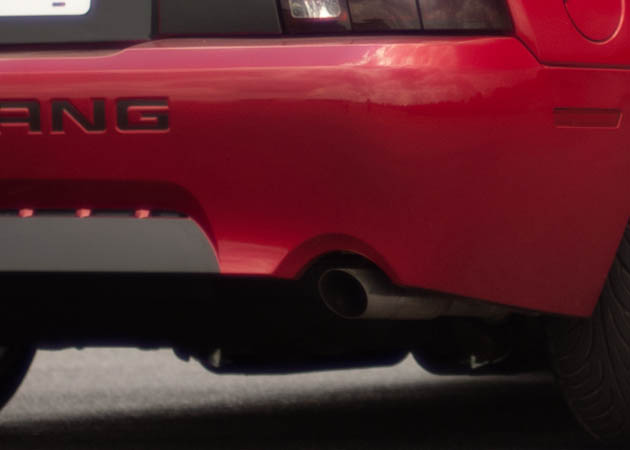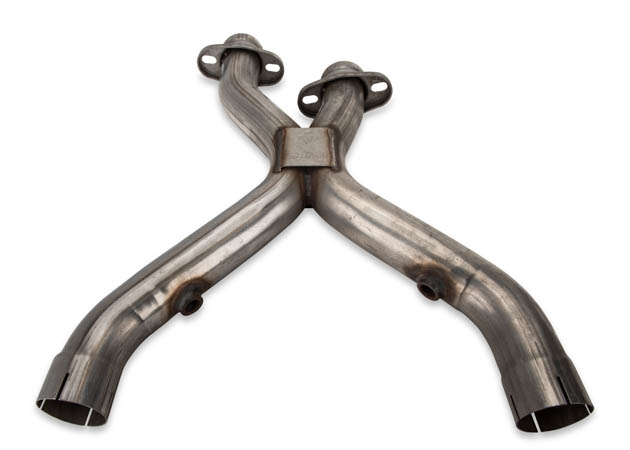Since the 1980’s, every vehicle has been equipped with at least 1 oxygen sensor to monitor exhaust gases. Mustangs are no different and use a minimum of 2. But what exactly are these sensors, and why are they so important? To answer these questions, we’ll start with some engine basics.
Shop Mustang O2 Sensors
An oxygen sensor has more impact on engine performance than most people think. If your Mustang's sensor is failing, your engine might run too rich or too lean. Although they're not replaced as often as say spark plugs, keeping your O2 sensor fresh is just as important.
Shop Oxygen Sensors
The Basics
- The optimal air to fuel ratio is 14.7:1, so if you increase fuel you should also up your engine’s air intake
- O2 sensors read exhaust gases to determine how close the engine is to that ideal ratio
- Depending on what the O2 sensor sees dictates how your Mustang runs
- Running too rich (too much fuel) not only wastes fuel, but can cause nasty back fires which threatens the life of your catalytic convertors
- Running too lean (too much air) can damage your engine by causing pre-detonation
- A failed O2 sensor can throw a check engine code, so be sure to keep an eye on your dash lights
Air & Fuel
An engine is essentially one large air pump. The objective is to cram as much air in as possible, and spray the appropriate amount of fuel to mix with the air and combust the mixture. The more air and fuel you can mix per combustion cycle, the more power the engine will make. However, you can’t just mix any amount of fuel with the incoming air charge; there is a science to it. In fact, it has been determined that the optimum ratio to mix air and fuel is 14.7 parts air to 1 part fuel. Therefore if you had 14.7 litres of air, you would mix 1 litre of fuel with it to achieve optimum burn.
NewArrivals
Where do the Oxygen Sensors Come In?
The purpose of oxygen sensors is to sniff the amount of oxygen in the exhaust gas as it flows out of the headers and report back to your Mustang’s engine control unit (ECU) as to what the fuel mixture is. Based on what is found in the exhaust gases (as measured by the oxygen sensors), the ECU is then able to adjust the necessary fuel injection as to maintain an air to fuel ratio as close as possible to 14.7:1. Without the oxygen sensors, the ECU would effectively be guessing as to how much fuel it should be injecting, and consequently will decrease performance and increase emissions.
O2 sensors located before the catalytic converter are referred to as upstream sensors. O2 sensors located after the catalytic converter are referred to as downstream sensors.
Too Rich and Too Lean
If the oxygen sensors measure that there is too much fuel being added, called a rich condition, it will tell the ECU (via a certain electrical voltage) to cut back on fuel. A rich condition is no good because it will leave some gas unburned, increasing pollutants out of the tailpipes and of course, waste fuel. If your engine is running excessively rich, the excess fuel can cause some pretty serious damage to the engine internals. Since fuel is a solvent, too much of it can wash the protective oil film off of your cylinder walls. With the oil gone, piston ring and cylinder wall wear are greatly accelerated. Worn rings and cylinder walls will cause a decrease in engine performance and necessitate a rebuild. Fuel that makes its way past the rings will also dilute your oil, decreasing its efficacy as a lubricant. Decreased oil performance will lead to premature wear on any moving part within your engine
On the other hand, having too much oxygen is no good either, called a lean condition. A lean condition can actually be very dangerous to the health of your engine. Not only does it produce excessive pollutants too, but it runs the serious risk of premature detonation, which can eventually crack or shatter pistons if it becomes severe enough. Lean conditions on a forced induction car can be especially dangerous, melting pistons or completely destroying them through detonation.
Types of Oxygen Sensors
O2 Sensors and Modding Your Mustang
What Happens When O2 Sensors Fail
It is very important that your Mustang’s oxygen sensors are functioning correctly in order to meet emissions requirements, and for the engine to operate smoothly. If they aren’t, it will be pretty obvious. Faulty oxygen sensors often will trigger the check engine light on your dash, and you may notice an increase in gas consumption, as your Mustang’s ECU is programmed to run slightly rich as a fallback if there is a problem with the oxygen sensors. Oxygen sensors do wear out over time – replacing them is no big deal. They are typically located right in front of the catalytic converters, and newer ‘Stangs may have a secondary set aft of the cats.
Fitment includes: 1979, 1980, 1981, 1982, 1983, 1984, 1985, 1986, 1987, 1988, 1989, 1990, 1991, 1992, 1993, 1994, 1995, 1996, 1997, 1998, 1999, 2000, 2001, 2002, 2003, 2004, 2005, 2006, 2007, 2008, 2009, 2010, 2011, 2012, 2013, 2014, 2015, 2016, 2017, 2018, 2019, GT, V6, ShelbyGT500, Cobra, Mach1, Bullitt, Boss, LX, SVO, EcoBoost, ShelbyGT350





